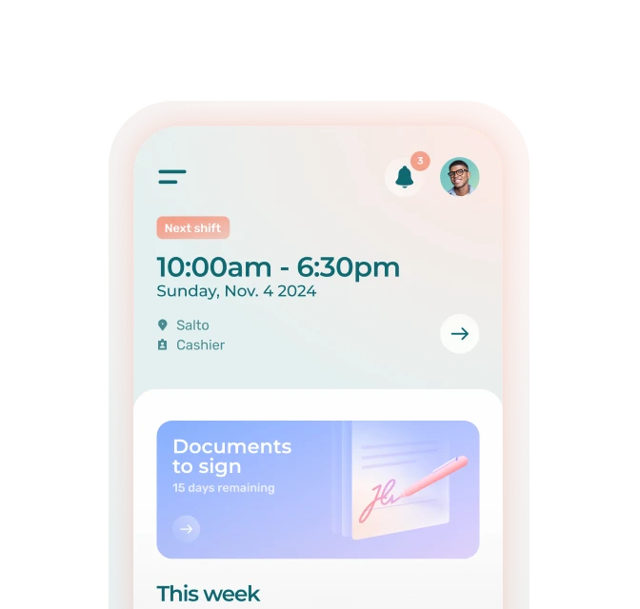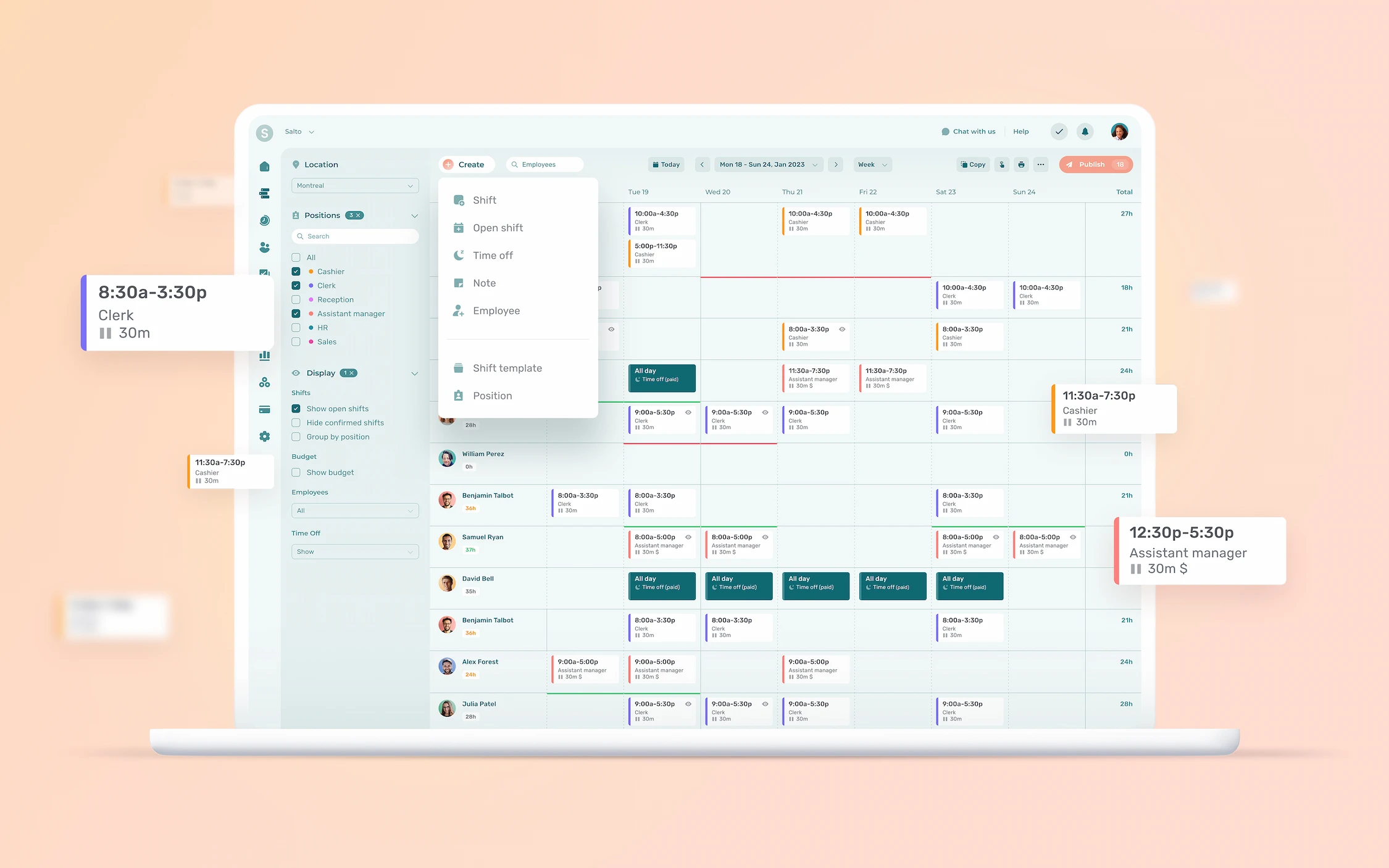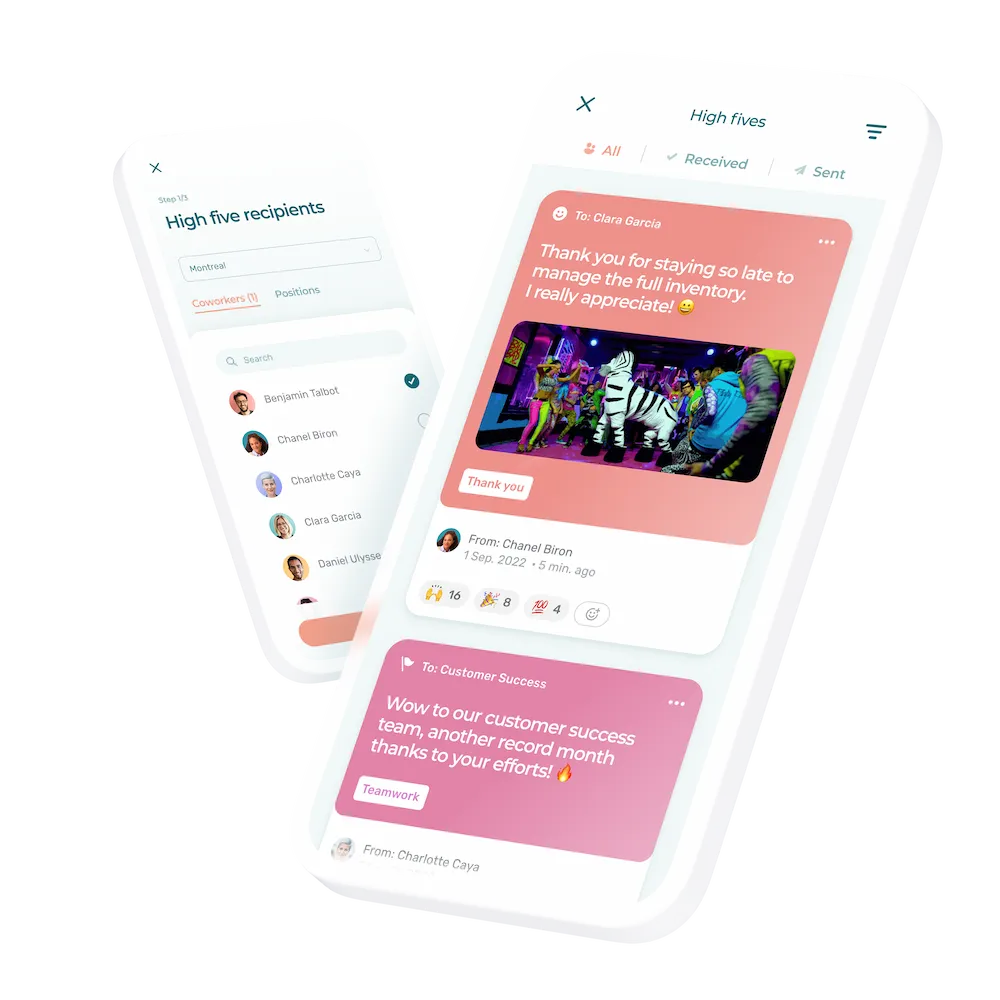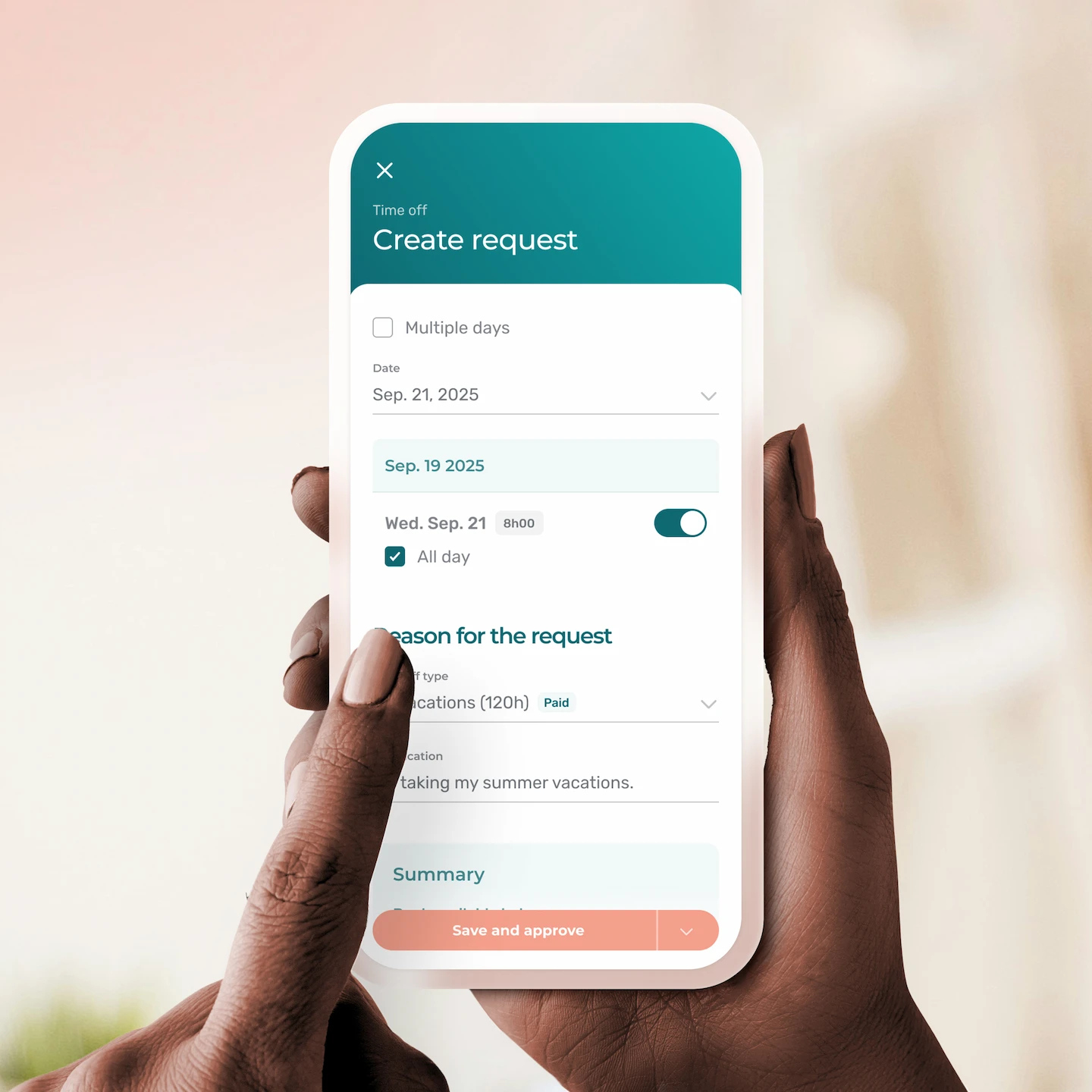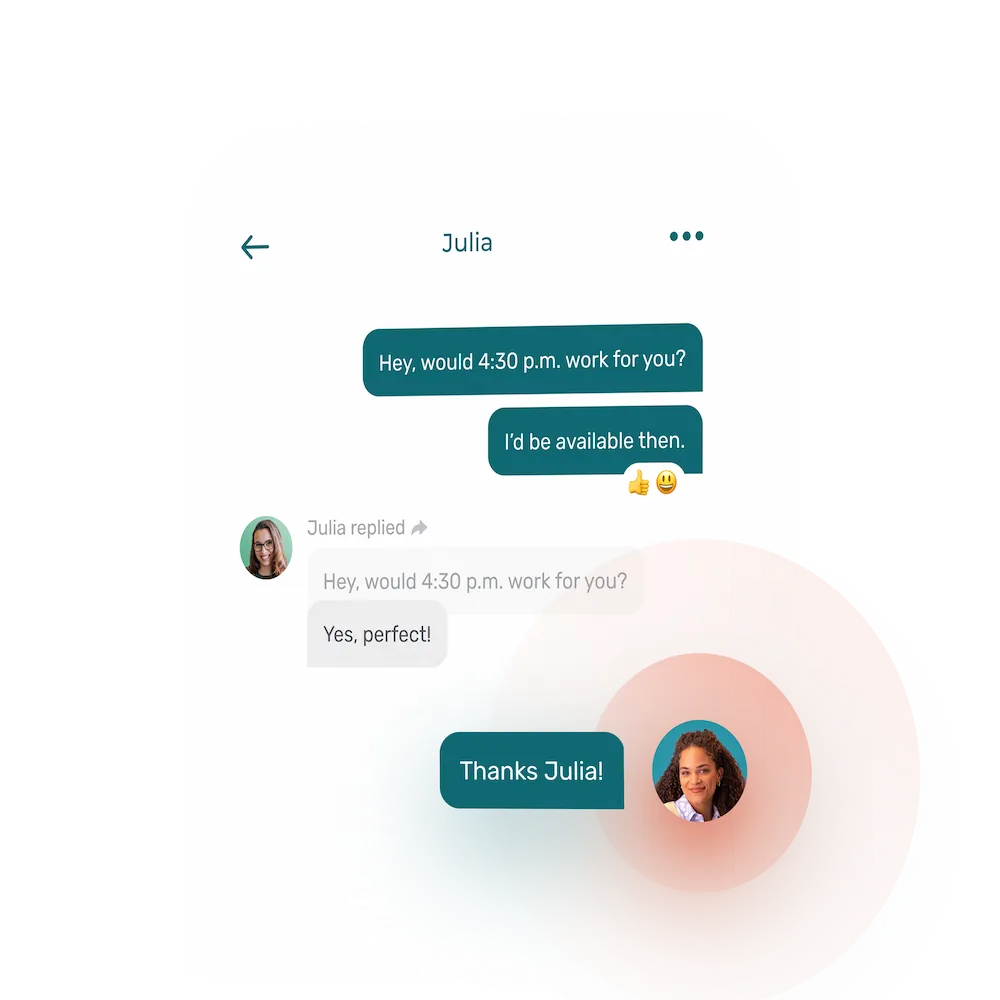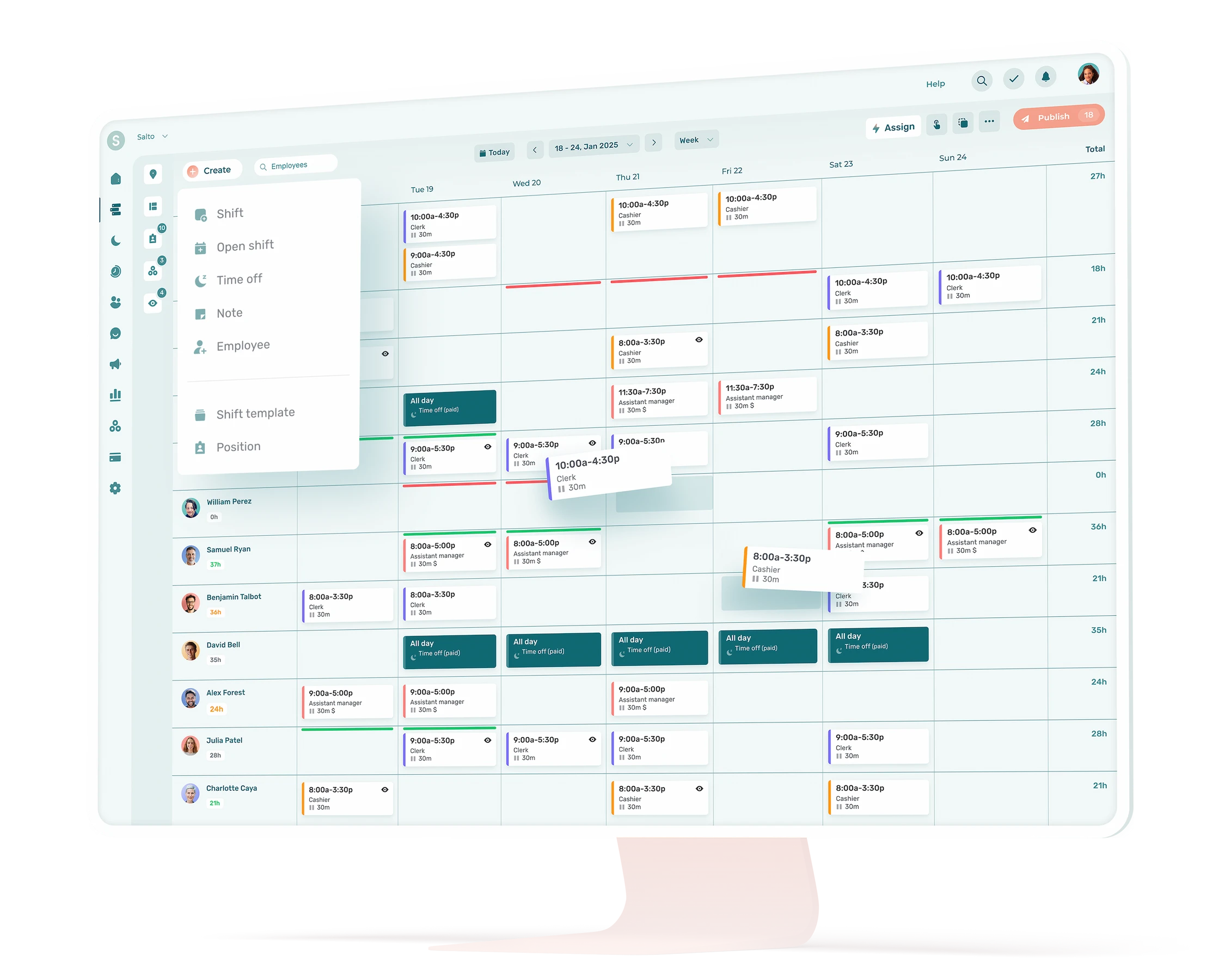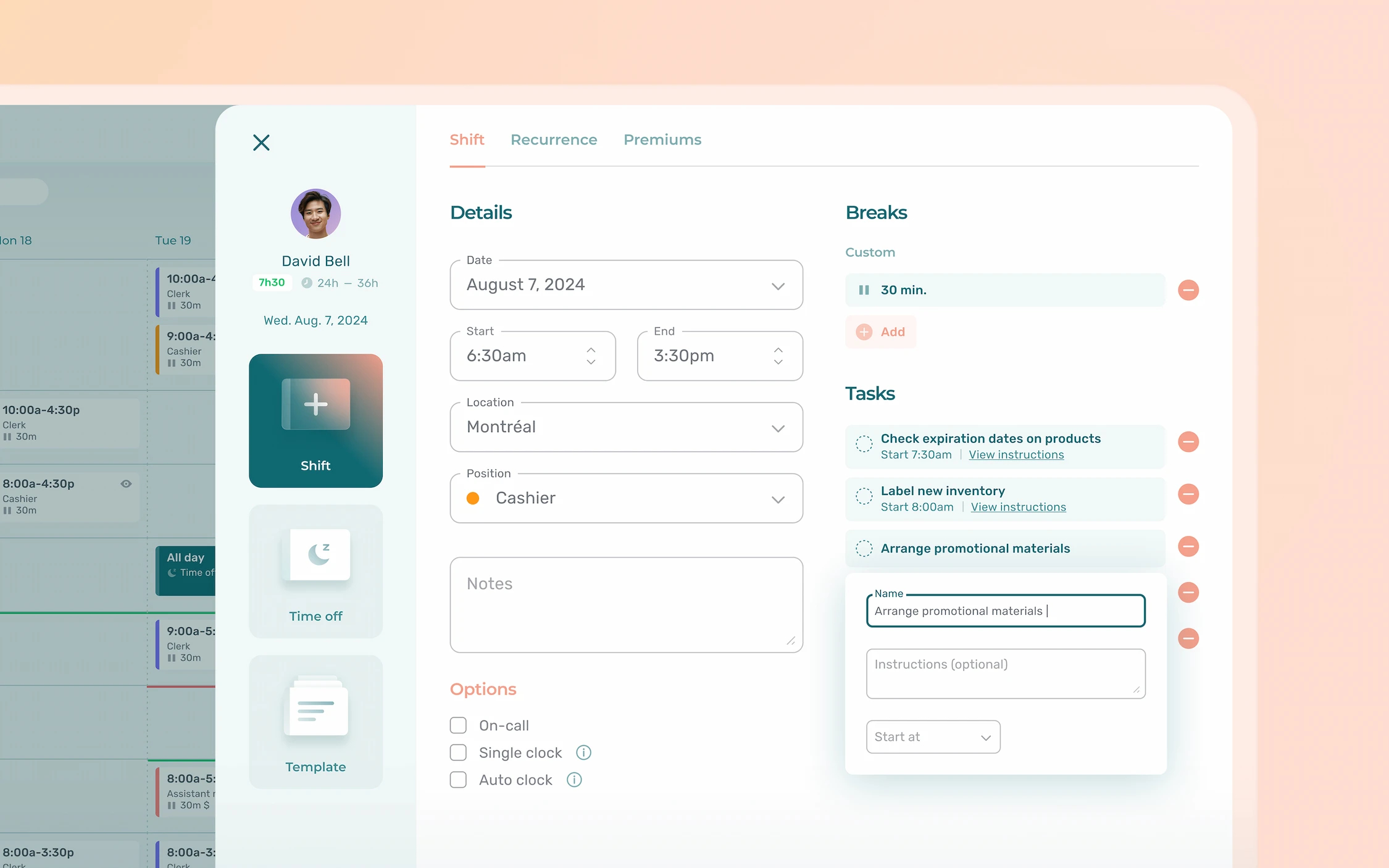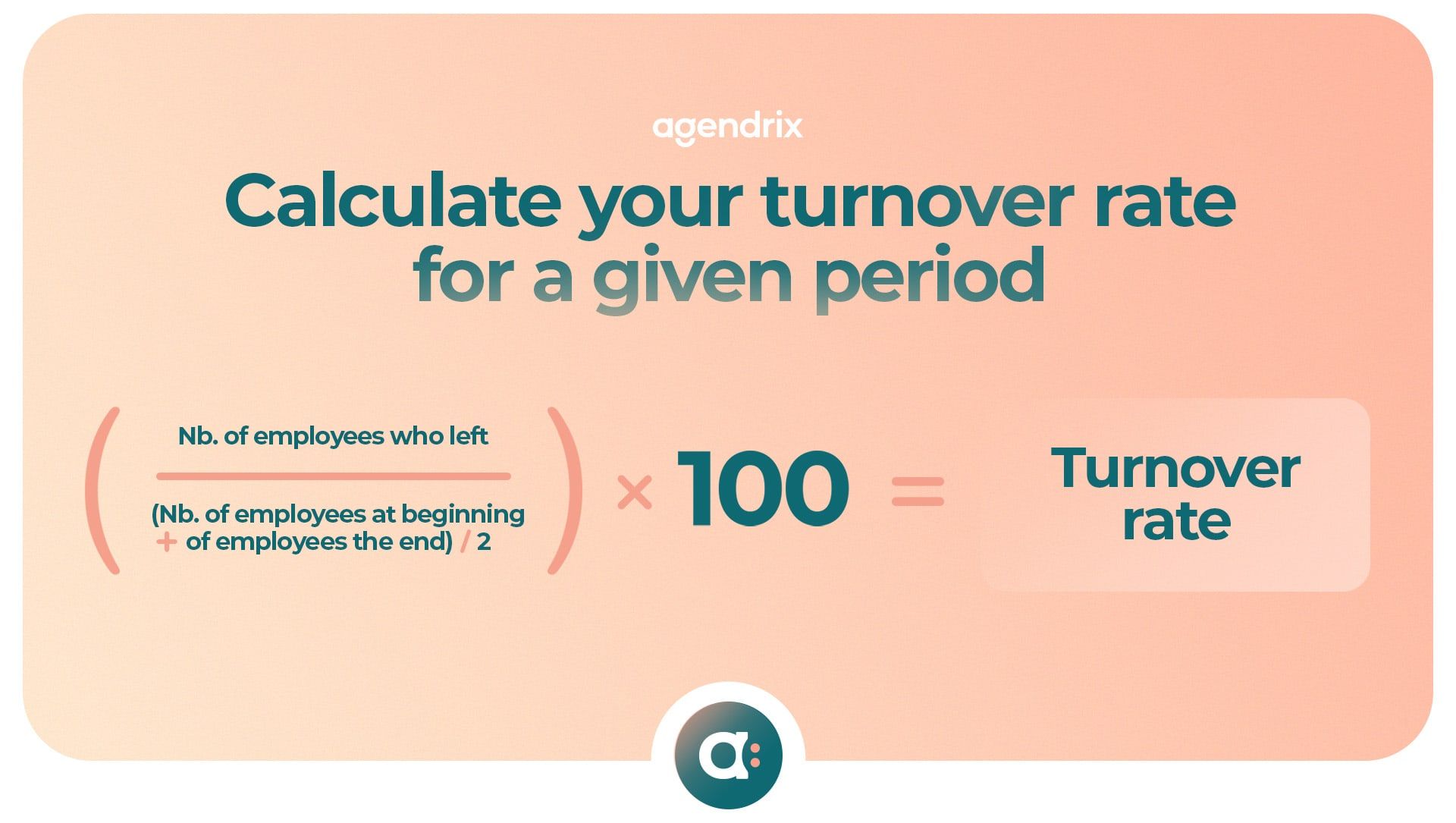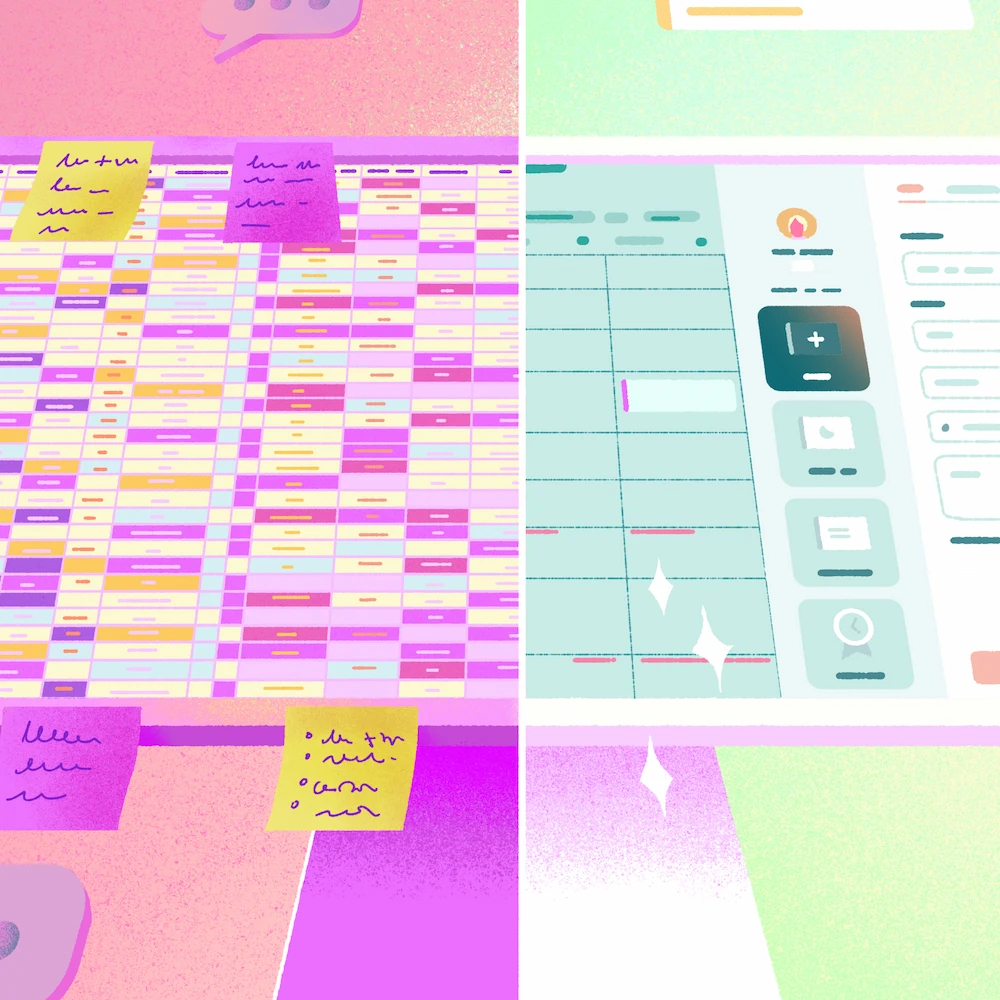Are you looking to achieve more with your service business? Boosting productivity could be the key. Here’s how to assess your current productivity and discover ways to improve business productivity for long-term success.
What Is a Productive Business?
A productive business maximizes its resources—time, employees, and materials—to achieve goals and deliver top-tier services.
It’s not about working harder, but about working smarter.
By streamlining processes and minimizing waste, a productive business achieves consistent growth, high employee engagement, and increased customer satisfaction.
6 Signs Your Business Is Productive
- Consistent growth – Your business shows steady increases in revenue, customer base, and market share.
- High employee morale – Employees feel motivated and valued, resulting in lower turnover and higher productivity.
- Efficient processes – Operations are streamlined with minimal delays or bottlenecks.
- High customer satisfaction – Happy, loyal customers signal that your service quality is on point.
- Strong profit margins – Your business effectively manages costs while generating significant revenue.
- Innovation and adaptability – Your business stays ahead of competitors by embracing market trends and new technologies.
20 Ways to Improve Business Productivity
Boosting productivity in your business is key to achieving sustainable growth. Whether you’re looking for quick wins or long-term improvements, here are 20 ways to enhance productivity across various areas of your business.
Organization and Planning
1. Automate scheduling: Use employee scheduling software like Agendrix to minimize human errors and save valuable time.
→ Learn more about how to master employee scheduling to improve efficiency.
2. Plan based on actual needs: Adjust schedules according to peak hours, holidays and unexpected demand.
3. Optimize breaks: Ensure scheduled breaks don’t disrupt service or workflow.
4. Review operational processes: Regularly assess and remove inefficiencies or repetitive tasks.
Employee Management
5. Hold short, regular meetings: Keep the team informed of priorities and changes.
6. Offer ongoing training: Develop employee skills to improve their efficiency and job satisfaction.
7. Encourage versatility: Cross-train employees so they can easily take on different roles.
8. Implement a recognition system: Recognize and reward excellent performance to boost employee morale and motivation.
Technology and Tools
9. Adopt the right tools: Use software to track inventory, manage operations, automate repetitive tasks like employee scheduling and payroll.
10. Standardize equipment: Provide employees with uniform and user-friendly tools to reduce frustration and time spent troubleshooting.
→ Make it easy for employees to view their work schedule, request shift swaps, clock in and out and more with the Agendrix mobile app.
McKinsey reports that 70% of companies have implemented automation programs to boost productivity.
Communication
11. Create a direct communication channel: Simplify real-time exchanges between employees and management via an internal communication app.
12. Evaluate employee satisfaction: Conduct anonymous surveys to gather valuable feedback and make necessary adjustments.
→ Read more about how effective communication fosters employee engagement and retention.
Working Conditions
13. Create an ergonomic work environment: Minimize physical strain to help employees perform better and reduce burnout.
14. Offer flexible hours: Allow employees to adjust their work schedule to better accommodate their needs, which can help reduce absenteeism.
A Skynova survey found that nearly 50% of respondents value a flexible schedule more than salary.
15. Promote work-life balance: Encourage practices that prevent burnout and enhance productivity.
Customer Strategies
16. Enhance the customer experience: Train employees to deliver exceptional service, fostering customer loyalty.
17. Analyze customer feedback: Use customer reviews and surveys to identify areas that need improvement.
Analysis and Adjustment
18. Track key performance indicators: Monitor business metrics and adjust processes to improve overall efficiency.
19. Eliminate time wastage: Identify and resolve bottlenecks or inefficiencies that slow down operations.
Leadership
20. Provide clear and inspiring leadership: Lead by example and foster a culture of excellence that encourages productivity.
→Want to become a better leader? Here are 21 effective leadership tips
5 Productivity Killers to Avoid
Productivity in the workplace can suffer if procrastination and obstacles go unchecked. Here are five major productivity killers to identify and address:
1. Smartphone Use
With people spending an average of five hours a day on their phones, it’s no surprise that smartphones can become a major distraction. Encourage employees to minimize phone use during work hours, for example, by implementing “do not disturb” policies.
2. Staffing Issues
During peak hours, inadequate staffing can overwhelm employees and impact customer service. Employers should anticipate busy times and schedule shifts accordingly to ensure smooth operations. Having the right staff levels at the right times helps maintain high productivity and morale.
3. Frequent Interruptions From Coworkers or Supervisors
Constant interruptions from coworkers or supervisors can disrupt focus and slow down work. These distractions may lead to incomplete tasks or mistakes, ultimately affecting overall productivity. Creating an environment that encourages focused work without constant interference can improve efficiency.
For example, in a busy restaurant, if a server is constantly interrupted by coworkers requesting help with scattered tasks, it slows down their ability to take orders efficiently.
4. Lack of Task Planning
Without clear tasks, employees may struggle to prioritize their work, leading to inefficiency and missed deadlines. A lack of goal-setting often results in tasks being forgotten or rushed at the last minute. By setting clear, achievable goals, workers can tackle tasks in a more organized manner.
For example, in a pharmacy, if the floor manager provides unclear instructions for the day, employees may struggle to prioritize tasks, resulting in decreased efficiency and slower customer service.
5. Unorganized Workstations and Supply Storage
A poor organization not only disrupts workflow but also increases the risk of errors. When supplies are not easily accessible, employees may have to stop what they’re doing to locate needed items.
Regularly reviewing and organizing supplies ensures everything is in its proper place, allowing workers to stay focused on their tasks.
→ Here are 31 concrete actions for creating the ideal work environment
How to Measure Business Productivity
As a business owner or manager, measuring business productivity is key to identifying areas for improvement and enhancing overall performance. By regularly tracking essential metrics, you can make informed, data-driven decisions to improve business productivity.
Here are some KPIs and how to measure them:
Revenue per Employee
Measures how much revenue is generated for each employee.
- Revenue per Employee = Total Revenue ÷ Number of Employees
Customer Satisfaction and Retention
Measures customer satisfaction and how well your business retains customers.
- Customer Retention Rate = (Customers at End of Period – New Customers) ÷ Customers at Start of Period
Profit Margins
Assesses how well your business is managing costs while generating profits.
- Profit Margin = (Net Income ÷ Revenue) × 100
Employee Engagement and Retention Rates
Tracks employee satisfaction and retention, indicating long-term productivity.
- Employee Retention Rate = (Employees Remaining ÷ Employees at Start) × 100
Embracing Continuous Improvement for Long-Term Productivity Gains
Pushing employees harder will only boost productivity to a limited extent, as it may cause burnout and lower morale. Jim Taylor, CEO of Benchmark Sixty, stresses that pushing employees harder has diminishing returns. Instead, service industry managers should focus on efficiency improvements.
For example, in hospitality, tight profit margins make it essential to measure productivity using metrics like customers-per-labor-hour, which is more actionable than traditional revenue-based metrics.
Taylor also highlights optimizing front-door operations, as poorly trained staff can negatively impact customer retention and productivity. Improving processes instead of overburdening employees leads to more sustainable gains.
Turning Productivity into a Culture of Innovation
Improving productivity isn’t a one-time fix—it requires continuous evaluation and refinement. Regularly assess your performance metrics, identify inefficiencies, and make incremental changes that align with your business goals.
This approach creates a culture of innovation, where employees feel empowered to contribute ideas that enhance workflows. Over time, your service business will benefit from better customer experiences, reduced waste, and improved profitability—key factors for staying competitive and achieving sustainable growth.
What are the biggest productivity challenges in service businesses, and how can they be overcome?
Industries like retail, healthcare, and hospitality often face unique productivity challenges, including managing fluctuating schedules, maintaining employee engagement, and streamlining administrative processes.
To address these challenges, consider these strategies:
- Automate scheduling: Use employee scheduling software to optimize labor allocation and reduce errors.
Discover why employee scheduling software is essential for streamlining your workforce.
- Enhance communication: Leverage tools that improve task tracking and facilitate team collaboration.
- Invest in training: Ongoing training programs boost employee engagement and retention, creating a more skilled and motivated workforce.
- Analyze data for proactive changes: Utilize insights from software to pinpoint inefficiencies and implement solutions before they impact
- performance.
Is there a limit to how far my business can push productivity?
Yes, there is a limit. Overemphasizing productivity without considering employee well-being or customer satisfaction can backfire. Burnout, high turnover rates, and unhappy customers can negate short-term profitability gains, harming long-term success.
To avoid these pitfalls, aim for an optimal balance—an “efficiency sweet spot” where productivity improvements are sustainable and do not compromise employee satisfaction or service quality. This equilibrium will empower your long-term growth and protect your hard-earned brand reputation.
How to address high turnover rates in my service business?
High employee turnover negatively impacts productivity and morale. A few ways of reducing turnover include:
- Offering competitive wages and benefits.
- Making the most of flexible scheduling to accommodate staff availability and business needs.
- Ensuring a positive work culture with strong leadership.
- Providing career growth opportunities and training programs.
How to maintain productivity during peak seasons or high-demand periods?
To stay productive during busy times, service businesses can:
- Hire temporary staff or cross-train employees to handle increased workloads.
- Use predictive analytics to forecast demand and adjust schedules accordingly.
- Streamline workflows and delegate non-critical tasks to free up time for essential operations.
How to encourage employees to contribute ideas for productivity improvements?
You can create a culture that values employee input by:
- Establishing an anonymous suggestion system.
- Recognize and reward employees whose ideas lead to measurable productivity gains.
- Holding brainstorming sessions or focus groups to encourage creative problem-solving.


